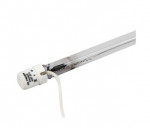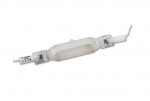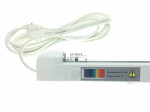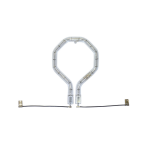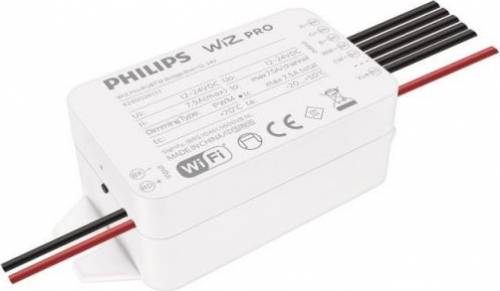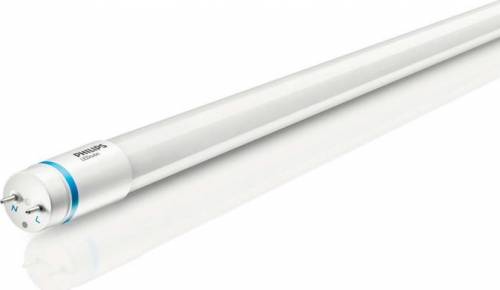Latest blog articles
The first LED tube with an A energy label
UV-C light effectively deactivates most viruses and germs on directly irradiated surfaces.
Fluence (UV Dose) Required to Achieve Incremental Log Inactivation of Bacteria, Protozoa, Viruses and Algae Revised, are updated and expanded by Adel Haji Malayeri, Madjid Mohseni, Bill Cairns and James R. Bolton. With earlier contributions by Gabriel Chevrefils (2006) and Eric Caron (2006) With peer review by Benoit Barbeau, Harold Wright (1999) and Karl G. Linden.
Moreover in laboratory testing, Signify’s UV-C light sources inactivates 99% of SARS-CoV-2 virus on a surface with an exposure time of 6 seconds.
Data made available to us by the National Emerging Infectious Diseases Laboratories (NEIDL) at Boston University, which has been collected from a laboratory experiment conducted by Dr. Anthony Griffiths (Associate Professor of Microbiology at Boston University School of Medicine) and his team at the premises of the NEIDL (such data will be the subject of a forthcoming scientific publication by Boston University), shows that Signify’s UV-C light sources irradiating the surface of a material inoculated with SARS-CoV-2 (the virus that causes the COVID-19 disease) at a UV-C dose of 5mJ/cm2 (exposure time 6 seconds) resulted in a 99% reduction of the SARS-CoV-2 virus present on that surface. This study determined that a UV-C dose of 22mJ/cm2 results in a reduction of 99.9999% of SARS-CoV-2 virus on that surface (exposure time 25 seconds). Research variables are available upon request.





